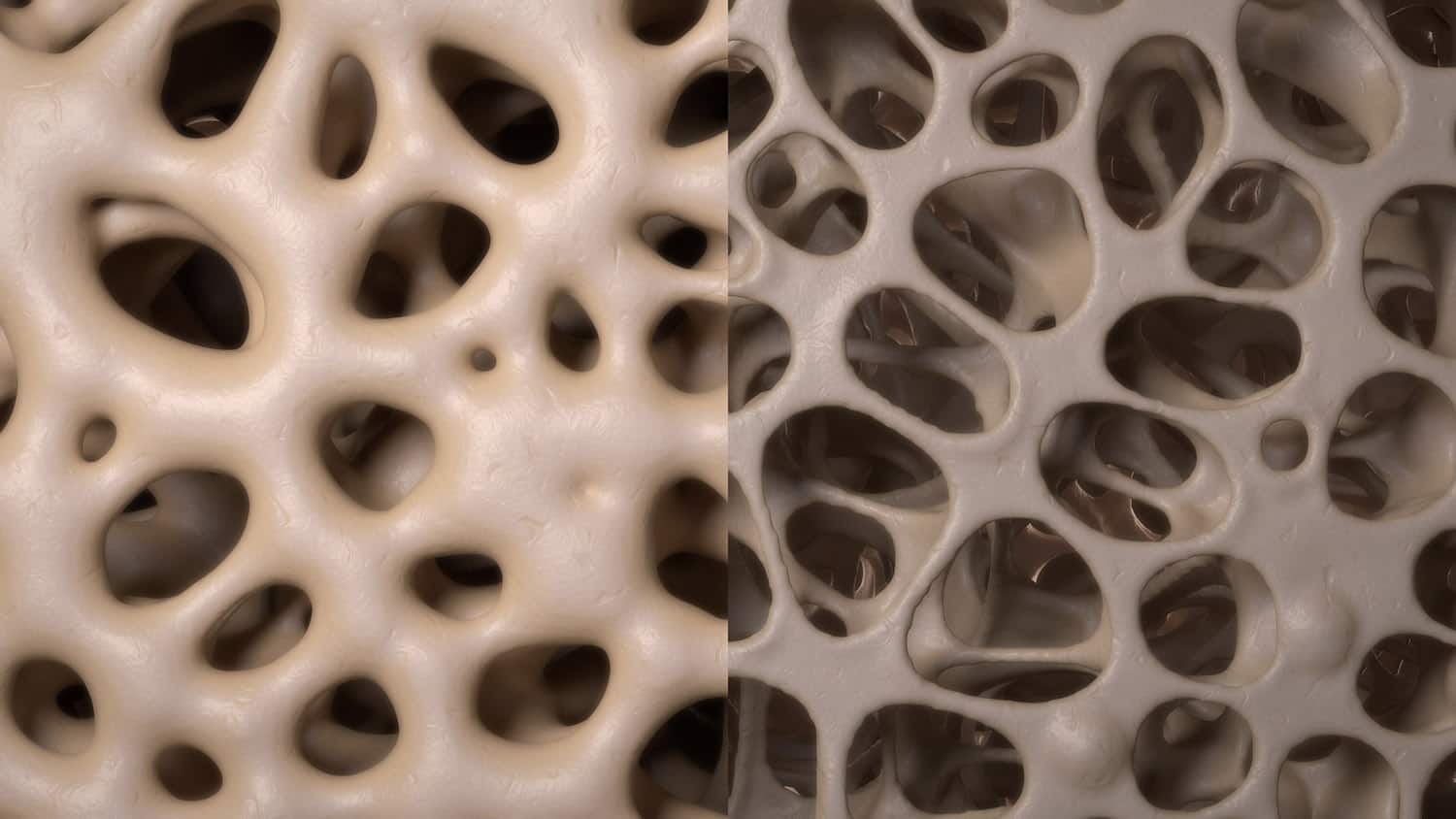
Pelvic Floor Prolapse: What Is It and How Can You Treat it?
As women get older, their risk for developing pelvic floor disorders increases immensely, specifically the disorder known as pelvic organ prolapse, which affects 50% of women worldwide. This disorder occurs when the pelvic floor muscles that support pelvic organs, including the vagina, rectum, bladder and uterus, begin to weaken, causing these organs to drop down and peak out of the vagina.
Symptoms of Pelvic Floor Prolapse
The main symptom to monitor that is associated with pelvic floor prolapse is the feeling of an uncomfortable and apparent bulge out of the vagina, along with a heaviness or increased pressure in the pelvis. While this is most obvious symptom, there a couple additional signs women can experience, including:
- Urinary incontinence, which is the leakage or feeling like you constantly have to pee
- Pressure and pelvic pain coupled with pain in the lower back
- Pain with sex
- Constipation
Why Does This Happen?
Typically, anything that puts pressure on the abdomen can cause pelvic floor prolapse, such as a weak pelvic floor triggered by pregnancy, labor or childbirth. Genetics can also play a role in this disorder, where some women are simply born with weaker connective tissues and are more prone to the condition.
Other causes include aging, increased waist circumference, constipation, having a respiratory condition causing someone to cough excessively, pelvic organ cancers and even surgery that removes the uterus.
Prolapse and Incontinence
When going through prolapse, a prominent side effect is women experiencing urinary retention, which can lead to urinary incontinence – specifically overflow and urge incontinence. It’s been found that up to 60% of women presenting with pelvic organ prolapse are also diagnosed with urinary incontinence, and close to 40% of women presenting urinary incontinence, in turn, are found to have some degree of pelvic organ prolapse.
Incontinence occurs when the bladder is unable to fill up as much, and as a result, causes people to urinate more frequently. On the other hand, rectal prolapse can cause constipation and difficulty evacuating the bowels, putting pressure on the bladder and causing it to not be fully emptied.
Pelvic Floor Exercises and Treatment
Before beginning pelvic floor exercises, it’s important to understand the different levels of pelvic floor prolapse.
Grade 1 – Cervix or bladder drops into the vagina
Grade 2 – The Cervix or bladder drops right at the opening of the vagina
Grade 3 – The Cervix or bladder is outside the vagina
Grade 4 – The full uterus or bladder is outside of the vagina (also known as procidentia)
Depending on which grade a woman is experiencing, there are different exercises that can improve pelvic prolapse from 1-2 grades. For example, someone experiencing grade 2 can move back down to grade 1 or all the way back to normal if they perform the appropriate exercises.
While exercise does not completely cure prolapse, it’s still an important preventative measure that can help increase chances of the pelvic organs returning to the correct location. Common pelvic floor exercises include kegels, which are known to strengthen pelvic floor muscles.
The best way to know if you’re doing a pelvic floor squeeze or kegel correctly is to place your finger vaginally, squeeze the muscles around your finger, and then push your finger up towards the belly button to engage the correct muscles.
This can also be done to stop urination mid-stream. While starting pelvic floor exercises on your own is a great start, seeking guidance and advice from a therapist or specialist is the best practice to ensure you are properly engaging the correct muscles and taking the proper precautionary steps.
Another way to treat pelvic floor prolapse non-surgically is through Peseries, which are vaginal, internal supportive devices for the bladder, uterus, vagina and rectum, designed to provide support for drooping organs.
While surgery to fix pelvic prolapse should be a last resort, a common surgical intervention to repair prolapse is a hysterectomy for uterine prolapse or to repair the vaginal wall if there is bladder prolapse. However, for someone still in their childbearing years, the option of undergoing hysteropexy for uterine prolapse instead, which is where the uterine can be pulled up and the structure of the cervix can be kept, is a common treatment method.
Lastly, those suffering from pelvic prolapse can also opt for localized hormone therapy treatment. This method is used specifically for women who are experiencing genitourinary symptoms from menopause, and helps thicken up vaginal tissues, resulting in stronger pelvic muscles to prevent increased prolapse.
Final Thoughts
Pelvic floor disorders in women become more common as they age, and although conditions like pelvic floor prolapse cannot be prevented completely, there are many measures women can take – such as maintaining a healthy weight, taking part in pelvic floor exercises and not smoking – to lower their chances of contracting the disorder and improve their lifestyles with the overall condition.
If you are experiencing pelvic pressure and symptoms of prolapse, do not wait for symptoms to progress and visit your healthcare provider immediately to start working on a treatment plan and begin practicing the necessary preventative steps.
Let’s Have a Conversation:
Have you experienced pelvic floor prolapse? What has your health care provider recommended? Has any exercise or treatment helped? What was it? Do you have any questions you’d like answered?
Tags Medical Conditions







Hi I had anterior and posterior repair last July. I am now waiting for a further op to repair my uterine prolapse. I do not want a hysterectomy and want to know if the Manchester (Fothergill) repair or Hysteropexy without mesh is better for this? Research seems to suggest the former has better long term results. Any advice would be much appreciated 😀
Thank you for this informative article – clear and concise.
My daughter has three children. After the 3rd was born, I went with her to PT so I could hold the baby. Apparently, postpartum PT is normal these days, so that young women don’t have to experience prolapse in their later years.
Thank you for this informative article. My granddaughter was talking about strengthening her pelvic floor and I had no idea what she was talking about and was embarrassed to ask her. Now I don’t feel so uninformed.
I had always dipped in and out of pelvic floor exercises in my youth. When breast cancer treatment left me post menopausal at the age of 46 I started to experience small bladder issues. The sort of thing where if I coughed I’d accidentally leak, or sometimes I’d find I suddenly needed to find a toilet urgently.
During that period I did pelvic exercises regularly and this helped greatly. 3 years ago I had a full hysterectomy, again after discussion with my surgeon I did pelvic floor exercises as soon as I felt strong enough.
A friend of mine has had the mesh operation for a weak bladder. In her case it was very successful and she has no problems, but I’ve read a lot of horror stories about women where it went wrong and they have suffered with horrendous pain leaving some disabled. I feel very sad for those ladies as their quality of life isn’t good.